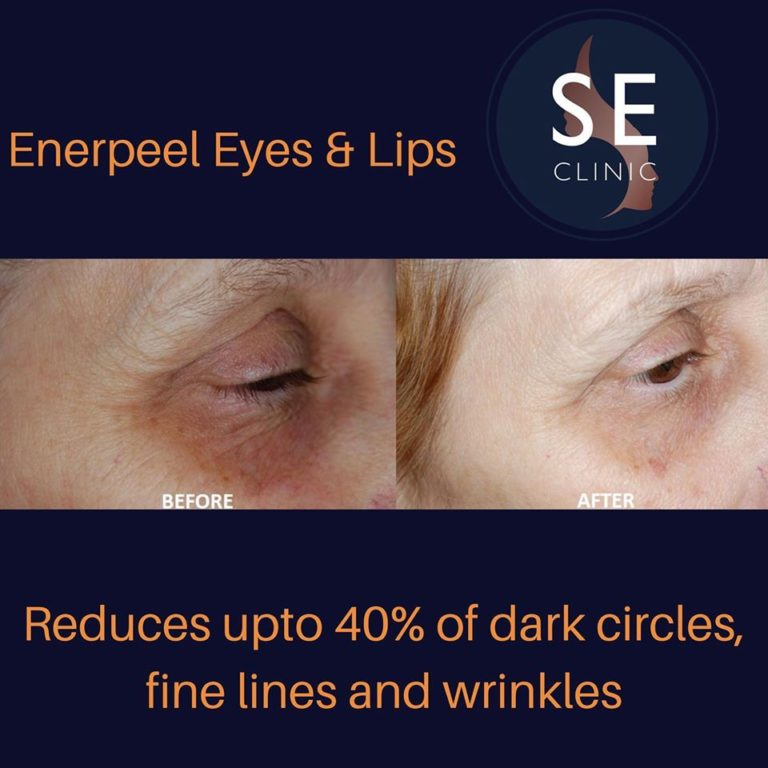
Dark circles under the lower eyelids is a common complaint in both men and women. They can make one look excessively tired and old. It is a more common problem in darker skin tones, and as we grow older and has a genetic predisposition to it as well. Other factors that increase the risk of dark circles include:
- Lack of sleep.
- Age as we lose collagen, elastin and fat tissue and the skin under our eyes becomes thinner.
- Eye strain due to long periods of looking at a screen, which can cause a significant strain on your eyes.
- Allergies which can result in the rubbing of eyes and as a result of the inflammatory response as a result of this.
- Dehydration.
- Sun overexposure leading to increased pigmentation.
- Medical conditions such as thyroid disease.
Dark circles are often challenging to treat and often one type of treatment is not enough. To manage this condition It is important to address the underlying cause. It is therefore always best to rule out any medical causes first and seek professional advice to ensure that you are addressing the correct causes.
Before trying any medical or professional treatments it is always worth trying some lifestyle changes :
- Get enough sleep and improve your sleep hygiene.
- Improve your diet. Add plenty of fruits and vegetables and cut down on caffeine, alcohol and salty foods,
- Avoid direct sunlight and use good physical SPF.
- Invest in a good pair of sunglasses with CE marking
Home remedies:
- Using a cold compress can help reduce swelling and improve under-eye drainage.
- Use cold tea bags under eyes- teabags contain antioxidants and caffeine which can help improve circulation under the eye.
- Camouflage with make-up
Medical treatments:
To address this problem more effectively you may need to try some professional treatments. These include:
- Chemical peels- commonly used peels include TCA peels (3-6%), lactic acid peels, mandelic acid peels and glycolic acid peels. Deeper peels should be avoided due to the risk of hyperpigmentation and possible scarring.
- Microneedling– this can be combined with chemical peels to improve on results and is ideal when skin elasticity is also affected
- Medical grade lotions and creams– use of under-eye cream containing retinol, vitamin c, niacinamide, kojic acid and azelaic acid are great for hyperpigmentation.
- Dermal fillers-also known as ‘tear trough’ treatment can be used to replace volume in the fat pads and gives instant results.
- Skin boosters and remodelling injectables such as Sunekos– these are hyaluronic acid treatments fortified with mineral and chemicals that can be used to rejuvenate this area to improve skin tone and elasticity.
We have several solutions in the clinic to help with dark circles under eyes. Book in for your complimentary consultation to find out which will be best for you.
